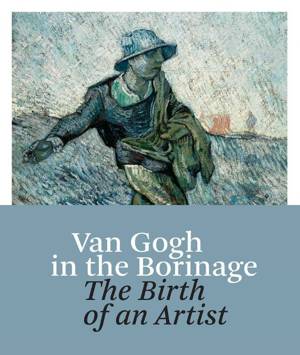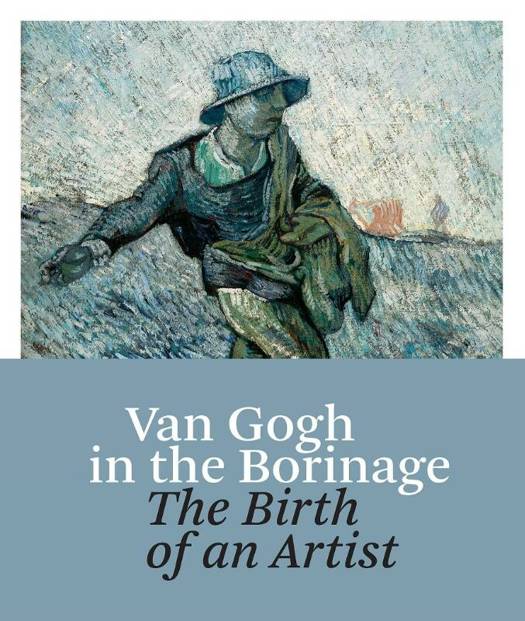
Door een staking bij bpost kan je online bestelling op dit moment iets langer onderweg zijn dan voorzien. Dringend iets nodig? Onze winkels ontvangen jou met open armen!
- Afhalen na 1 uur in een winkel met voorraad
- Gratis thuislevering in België vanaf € 30
- Ruim aanbod met 7 miljoen producten
Door een staking bij bpost kan je online bestelling op dit moment iets langer onderweg zijn dan voorzien. Dringend iets nodig? Onze winkels ontvangen jou met open armen!
- Afhalen na 1 uur in een winkel met voorraad
- Gratis thuislevering in België vanaf € 30
- Ruim aanbod met 7 miljoen producten
Zoeken
€ 25,00
+ 50 punten
Omschrijving
Van Gogh's work in the Borinage shows how particular subjects that would dominate his oeuvre were already present in his work as a novice artist. Echoes of these early days ring throughout his later work.
In the Borinage, Van Gogh put his long-standing sympathy for the social class of peasants and workers into practice. It was also there that he decided, in August 1880, to become an artist, and began his studies, which he turned into a homespun academic model. Among other things, he copied prints after works by the famous peasant painter Jean-François Millet. Paintings by two other artists who worked in the Borinage region and depicted the mines there, Eugène Boch and Constantin Meunier, will be included in this section. Boch became a friend of Van Gogh when they met in Arles in 1888, and he left for the Borinage that same year. Meunier's work was much admired by Van Gogh, who mentions several of his paintings in his letters and tells his brother Theo that Meunier is 'far superior to me' in a letter from as late as 8 October 1889.
In the Borinage, Van Gogh put his long-standing sympathy for the social class of peasants and workers into practice. It was also there that he decided, in August 1880, to become an artist, and began his studies, which he turned into a homespun academic model. Among other things, he copied prints after works by the famous peasant painter Jean-François Millet. Paintings by two other artists who worked in the Borinage region and depicted the mines there, Eugène Boch and Constantin Meunier, will be included in this section. Boch became a friend of Van Gogh when they met in Arles in 1888, and he left for the Borinage that same year. Meunier's work was much admired by Van Gogh, who mentions several of his paintings in his letters and tells his brother Theo that Meunier is 'far superior to me' in a letter from as late as 8 October 1889.
Specificaties
Betrokkenen
- Auteur(s):
- Uitgeverij:
Inhoud
- Aantal bladzijden:
- 304
- Taal:
- Engels
Eigenschappen
- Productcode (EAN):
- 9789462300682
- Verschijningsdatum:
- 11/02/2015
- Uitvoering:
- Hardcover
- Afmetingen:
- 205 mm x 247 mm
- Gewicht:
- 1750 g

Alleen bij Standaard Boekhandel
+ 50 punten op je klantenkaart van Standaard Boekhandel
Beoordelingen
We publiceren alleen reviews die voldoen aan de voorwaarden voor reviews. Bekijk onze voorwaarden voor reviews.











